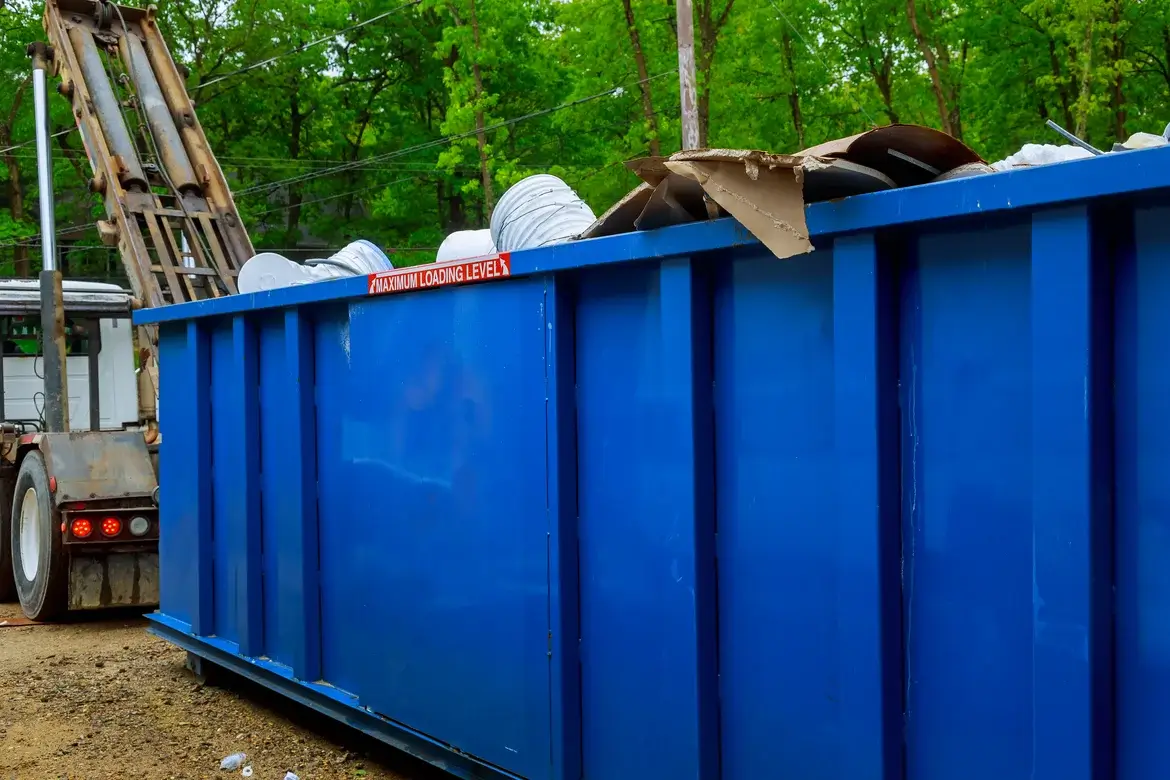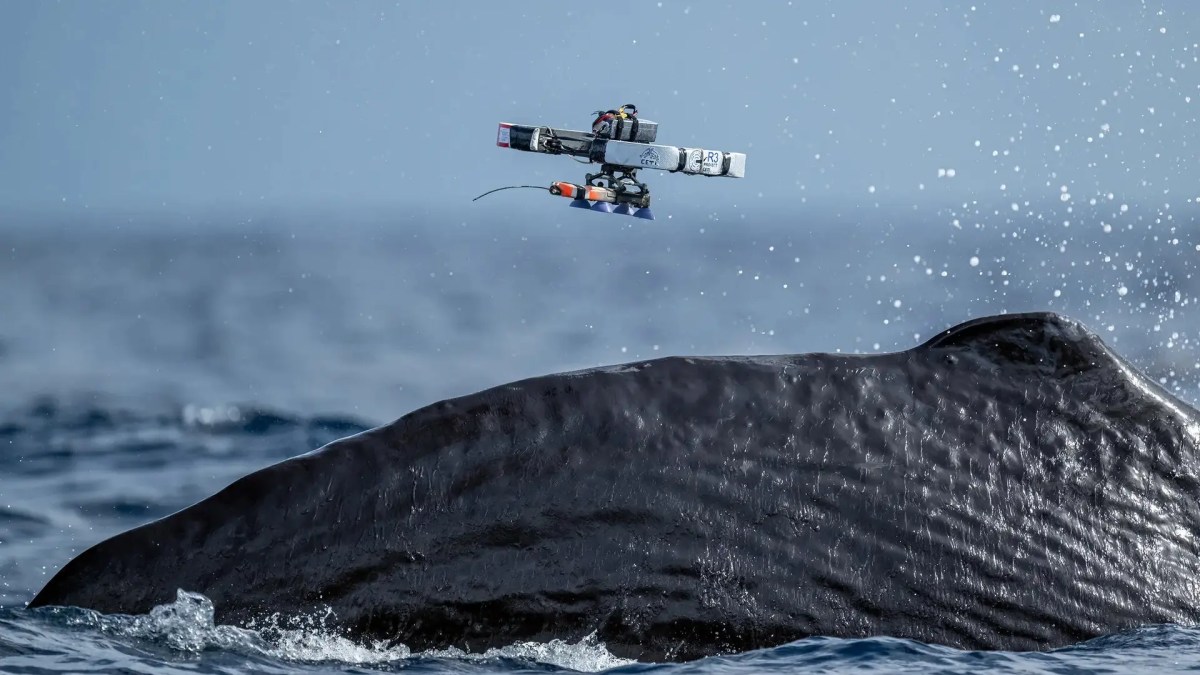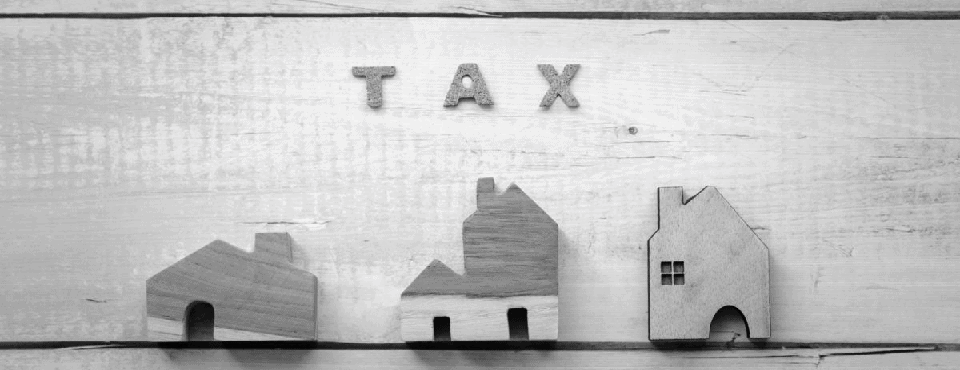What is GPS tracking for waste operations?
GPS tracking is a simple way to keep tabs on where your equipment and vehicles are. Each device sends location updates through satellites or cellular networks so you can see your assets on a map, whether they’re trucks on route, bins at customer sites, or trailers parked at a landfill. For waste operations, this kind of visibility helps reduce confusion, saves time, and cuts down on “where’s that asset?” moments that happen daily.
Why waste operations are turning to tracking
Waste management is a busy, moving industry. Trucks, roll-offs, and containers are always in motion, and it’s easy for things to get lost or sit idle. The U.S. Environmental Protection Agency reports that Americans generate over 292 million tons of municipal waste each year, and waste services can take up as much as half of a city’s operating budget (EPA 2025). Every extra mile driven or container misplaced adds up in fuel, time, and cost.
Common headaches in waste operations
Equipment goes missing. Roll-offs get dropped at the wrong job site or left behind.
Routes aren’t efficient. Drivers double back or spend too much time idling.
Billing questions pile up. It’s hard to prove exactly when a pickup or drop-off happened.
Safety is a concern. Refuse collection remains one of the most dangerous jobs in the U.S., with a fatality rate of 41.4 per 100,000 workers (SWANA 2025).
Too much guesswork. Without solid data, dispatchers rely on phone calls and memory to manage the day.
Most of these issues come down to one thing: not knowing where your assets are and how they’re being used.
How can tracking actually save fuel and time?
When you know where everything is, you stop wasting fuel chasing it. Studies in Waste Management and Sustainability journals show that route optimization can cut fuel use and emissions by reducing unnecessary miles. Even small changes like adjusting the order of stops or rerouting around slow zones can make a noticeable difference in fuel bills and driver hours.
What about theft and equipment misuse?
Unfortunately, theft in logistics and construction keeps climbing. Reports show cargo theft rose about 9% in 2023 (SupplyChainBrain 2024). Trackers give you peace of mind: if a container or trailer moves when it shouldn’t, you get an alert. That heads-up helps recover equipment faster and discourages theft altogether. It’s not about surveillance; it’s about protecting what keeps the business running.
Why GPS tracking doesn’t have to be expensive anymore
Older GPS systems used to be pricey and hard to maintain. Today, newer devices run on LTE-M, a low-power version of cellular built for small, battery-operated equipment. Here’s why that matters:
- They use less data, so monthly costs are lower.
- They work in more places using existing LTE coverage.
- They last years on a single battery, which means fewer maintenance trips.
For waste operations juggling hundreds of assets, that makes tracking finally practical and affordable.
What makes a good tracking setup?
For most operations, the goal is to start simple and build from there. A solid setup often includes:
- Non-powered asset trackers for bins, roll-offs, and trailers.
- Vehicle units for trucks and heavy equipment to capture routes and engine data.
- Geofences around yards, landfills, or transfer stations to mark entries and exits.
All of this data rolls up into one map or dashboard. That way, dispatchers, drivers, and managers see the same information without digging through spreadsheets or making extra calls.
How to get started without overcomplicating it
Pick a few problem areas. Maybe it’s lost containers or route delays. Start there.
Add trackers to a handful of assets. You’ll see results fast, often within weeks.
Set simple geofences. Draw a digital boundary around key sites to track arrivals and departures.
Watch for patterns. Idle assets, long dwell times, and missed routes are easy wins once you can see them.
Scale slowly. Once the process works, expand to more assets or routes.
You don’t have to overhaul your entire operation at once. A small pilot can prove the value on its own.
Bottom line
GPS tracking gives waste operators the one thing they can never have enough of: visibility. Knowing where your equipment is, how it’s being used, and when it moves means fewer surprises and better use of time and budget. And with today’s affordable cellular options, it’s no longer a question of if you can afford tracking, it’s how much efficiency you’ll gain once you turn it on.
Publisher: Source link











